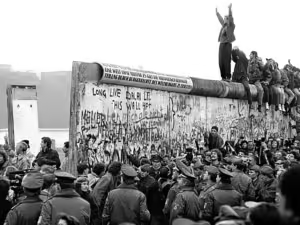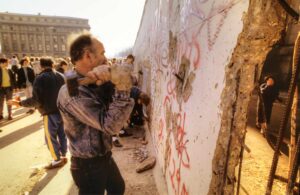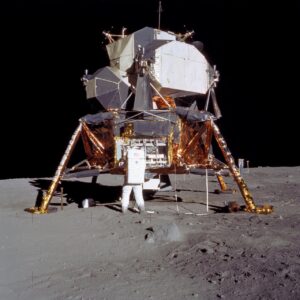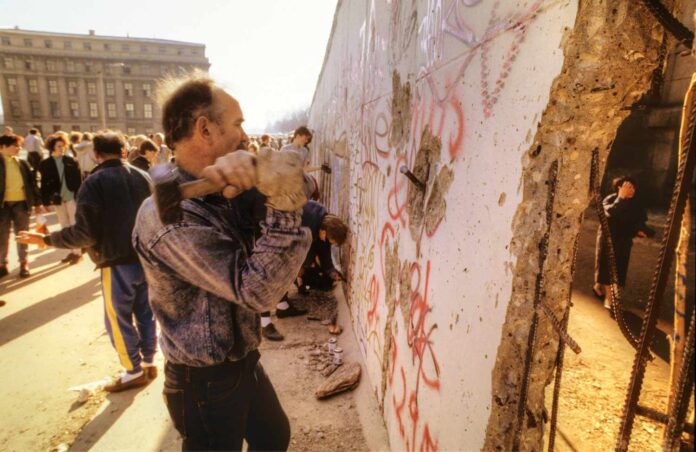
The fall of the Berlin Wall on November 9, 1989, marked a historic moment that symbolized the end of the Cold War era and reshaped the geopolitical landscape of Europe. This monumental event not only reunited East and West Berlin but also represented the reunification of East and West Germany, paving the way for broader political and social transformations across Europe.
1. Historical Context
The Berlin Wall, erected by the German Democratic Republic (East Germany) in 1961, was a physical and ideological barrier dividing East and West Berlin during the Cold War. It symbolized the ideological divide between communism and capitalism and served as a stark reminder of the tensions between the Eastern Bloc and Western powers.
2. Peaceful Revolution
In the late 1980s, a wave of political change swept across Eastern Europe, fueled by popular movements advocating for democracy and human rights. In East Germany, peaceful protests and growing dissent against the authoritarian regime led to calls for reform and eventual demands for reunification with West Germany.
3. Historic Speeches and Events
Key events leading to the fall of the Berlin Wall included significant speeches by political leaders such as Mikhail Gorbachev, whose policies of glasnost (openness) and perestroika (restructuring) contributed to political reforms in Eastern Europe. The opening of Hungary’s borders in the summer of 1989 and mass demonstrations in East Germany further accelerated momentum towards change.
4. Symbol of Unity
The fall of the Berlin Wall became a powerful symbol of unity and reconciliation, not only for Germany but for Europe as a whole. It signaled the end of communist rule in Eastern Europe and set the stage for the reunification of Germany on October 3, 1990. The dismantling of the wall represented a triumph of democracy over authoritarianism and marked a new era of cooperation and integration in Europe.
5. Legacy and Global Impact
The legacy of the Berlin Wall’s fall extends beyond Europe, influencing global politics and inspiring movements for freedom and democracy worldwide. It exemplifies the power of peaceful protest and the resilience of individuals striving for political change. The reunification of Germany served as a model for peaceful resolution of conflicts and continues to shape international relations in the 21st century.
6. Reflection and Commemoration
As we commemorate the anniversary of the fall of the Berlin Wall, it serves as a reminder of the importance of freedom, democracy, and human rights. It encourages reflection on the challenges overcome and the progress made towards a more united and peaceful world. The preservation of historical sites and memories associated with the Berlin Wall ensures that future generations learn from the lessons of the past and strive to uphold principles of tolerance and cooperation.
Conclusion
The fall of the Berlin Wall remains a defining moment in modern history, symbolizing the triumph of hope and unity over division and oppression. It continues to inspire individuals and nations to strive for a world where barriers are broken down, and freedom and democracy flourish. As we remember this pivotal event, we honor the courage and resilience of those who contributed to its downfall and reaffirm our commitment to a future built on peace, cooperation, and mutual understanding.




